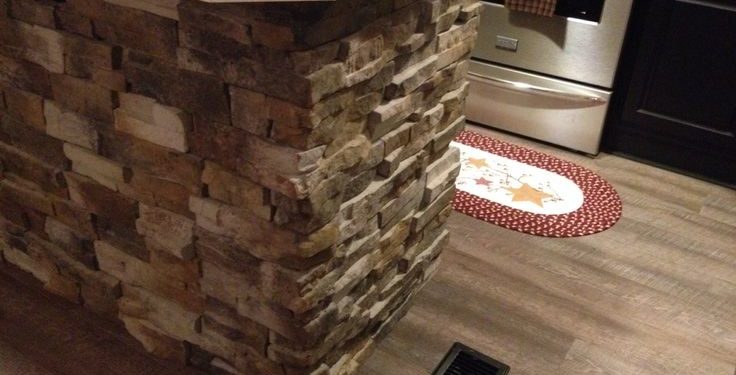Stone columns have long been celebrated for their architectural beauty and structural integrity. From ancient civilizations to modern-day designs, these pillars of strength and elegance have stood the test of time, seamlessly blending into various architectural styles and landscapes. In this exploration, we delve into the essence of stone columns and stone window surrounds, highlighting their historical significance, aesthetic versatility, and the role they play in contemporary architecture.
The Historical Legacy of Stone Columns
Stone columns are not merely architectural elements; they are symbols of cultural heritage and engineering marvels that have been admired for centuries. The Greeks, Romans, and Egyptians, among other ancient civilizations, utilized stone columns not only for structural support but also to embody artistry, power, and spirituality. These columns have various forms, such as the Doric, Ionic, and Corinthian styles, each with unique decorative features that have influenced countless generations of architects and builders.
The Aesthetic Versatility of Stone Columns
One of the most remarkable aspects of stone columns is their versatility in design and application. Whether carved with intricate details for a classical look or shaped with sleek lines for a modern appeal, stone columns can enhance the aesthetic of any building or landscape. They can be used in porticos, facades, gardens, and interiors, adding a touch of elegance and grandeur. Stone window surrounds further complement these columns, framing views with natural beauty and creating a cohesive architectural theme.
Stone Columns in Modern Architecture
In contemporary architecture, stone columns have found a new lease on life, blending traditional aesthetics with modern design principles. Architects and designers now use stone columns to add character and identity to buildings, integrating them with glass, steel, and other modern materials for a distinctive look. Stone window surrounds also play a crucial role in modern designs, offering a natural contrast to the sleekness of contemporary structures and enhancing the interplay of light and shadow.
Sustainable and Durable
Beyond their aesthetic appeal, stone columns and stone window surrounds offer exceptional durability and sustainability. Stone, as a natural material, withstands the test of time, resisting weather elements, fire, and wear. Its maintenance requirements are minimal compared to other materials, making it an eco-friendly choice for both residential and commercial projects. The use of stone in architecture not only preserves the beauty of constructions over time but also contributes to sustainable building practices.
Customization and Craftsmanship
The creation of stone columns and window surrounds is a testament to the craftsmanship of stone masons and artisans. With modern technology, customization options have expanded, allowing for precise cuts, finishes, and designs that meet the specific needs of any project. Whether for restoration purposes or new constructions, these elements can be tailored to reflect the desired aesthetic and architectural style, showcasing the unique character of each space.
Incorporating Stone Columns and Window Surrounds in Design
Integrating stone columns and window surrounds into architectural designs requires a thoughtful approach. Here are some considerations:
Harmony with the Overall Design: Ensure that the style and finish of the columns and window surrounds complement the building’s architecture and landscape.
Material Selection: Choose the type of stone based on aesthetic preferences, durability requirements, and environmental conditions.
Scale and Proportion: The size and proportion of these elements should align with the space and structure, enhancing rather than overwhelming the design.
Conclusion:
Stone columns and stone window surrounds are more than just architectural elements; they are a bridge between the past and the present, bringing timeless beauty and modern elegance into our spaces. Their historical legacy, aesthetic versatility, and enduring appeal make them a preferred choice for architects, designers, and homeowners alike. As we continue to push the boundaries of design and technology, the use of stone in architecture remains a testament to human creativity and our connection to the natural world.











































































